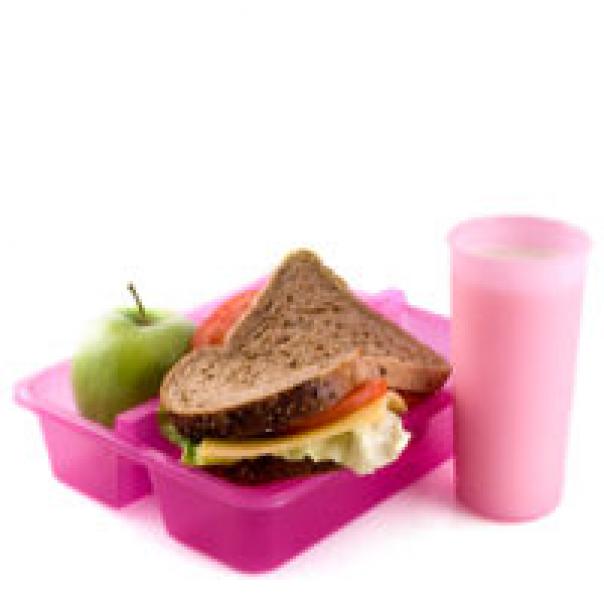
With the State of Child Health Report claiming “more than a third of children leave primary school overweight or obese,” the research looked at what influences the content of children’s lunchboxes, and the barriers that the industry, parents, schools and the government face in promoting healthy childhood nutrition.
Proving that 25% of parents “find it difficult to choose healthy food for their child’s lunchbox” and that 36% “often choose convenience over health when making purchasing decisions”, Tetra Pak is calling for greater collaboration between retailers, food and drink manufacturers, the government and schools, to support parents make healthier choices for their children’s lunchboxes.
Stefan Fageräng, managing director at Tetra Pak North-West Europe, said: “While the government’s School Food Standards ensure that school-provided lunches are healthy, there is little guidance available for parents creating healthy lunchboxes.
“They face a daily challenge in selecting nutritious, healthy and filling items for their children, and more than half of those surveyed think that there should be more guidance on how to provide healthy food and drink in lunchboxes. We need government, schools, food and drinks producers and retailers to work closer together with parents to support and help them make sound nutritional choices for their children.”
He added: “Our research has found that parents would like to make healthier choices when shopping for lunchboxes, and that there are clear opportunities for retailers and producers to support parents in making these decisions.” As such, Tetra Pack suggests making on-pack nutritional information clearer - 9% of parents not understanding what it currently means – by highlighting appropriate portion sizes, the role that nutrients within products play, or even ‘Good for Lunchboxes’ branding.
“Over 60% of parents [also] said that they would find a dedicated lunchbox aisle or section in a supermarket helpful in making healthy decisions, and implementing this would go a long way towards meeting parents’ desire for convenience, variety, and good nutrition for their kids.”
This would also help tackle parents’s struggle to come up with new and exciting options - 31% stating “finding variety was the most challenging aspect of preparing a school lunch.” By providing more varied ranges, Tetra Pak said that producers would “ease the burden on parents” and help children consume the variety of nutrients required for a balanced diet.
Following the news that 52% of parents allow their children to decide what food and drink is included in their lunchbox, Fageräng added: “Lunch clubs, breakfast clubs, afterschool activities and even the national curriculum should all be used to teach children about healthy nutrition, so that children can pass this message on and better influence what their parents purchase for them in future.”
Registered dietitian, Kyri Shiamtanis, who worked alongside Tetra Pak to commission the research, said: “It is vital that we teach children about nutrition at an early age, and that they learn how their diet can support them in achieving success throughout life.
“As Tetra Pak’s research shows, parents are often influenced by what their children want to eat, so children need to be supported to make healthier choices. More than half (57%) of parents said that they often try to choose healthy items for their child’s lunchbox, before realising that the product is not as healthy as they first thought.”
Undertaken on 1,000 parents with primary school age children in the UK, more information about the research can be found by contacting enquiries.uk@tetrapak.com.